Rising Demand for Herbicides
The Glufosinate Market is experiencing a notable increase in demand for herbicides, driven by the need for effective weed management solutions in agriculture. As farmers seek to enhance crop yields and maintain sustainable practices, the adoption of glufosinate as a non-selective herbicide is becoming more prevalent. According to recent data, the herbicide segment is projected to grow at a compound annual growth rate of approximately 5% over the next few years. This growth is attributed to the rising awareness of the benefits of glufosinate, including its efficacy against a wide range of weeds and its relatively low toxicity to non-target organisms. Consequently, the Glufosinate Market is likely to expand as agricultural stakeholders increasingly recognize the value of this herbicide in their pest management strategies.
Global Food Security Initiatives
The Glufosinate Market is significantly influenced by global food security initiatives aimed at increasing agricultural productivity. As the world population continues to grow, the demand for food is escalating, prompting governments and organizations to invest in agricultural technologies and practices that enhance crop yields. Glufosinate Market, with its effectiveness in weed control, is positioned as a vital tool in achieving these objectives. Market projections indicate that the herbicide segment will see a growth rate of around 6% as countries implement strategies to boost food production. This focus on food security not only underscores the importance of glufosinate in modern agriculture but also highlights its potential role in addressing the challenges posed by climate change and resource scarcity.
Increasing Organic Farming Practices
The shift towards organic farming practices is creating new opportunities within the Glufosinate Market. As consumers become more health-conscious and environmentally aware, the demand for organic produce is on the rise. Although glufosinate is not classified as an organic herbicide, its role in managing weeds in transitional farming systems is noteworthy. Farmers transitioning to organic methods often utilize glufosinate to control weeds effectively while adhering to organic standards. Market analysis suggests that the organic farming sector is expected to grow at a rate of 8% annually, which may indirectly benefit the glufosinate market as farmers seek effective solutions during their transition. This trend indicates a potential for the Glufosinate Market to adapt and cater to the evolving needs of organic farmers.
Regulatory Support for Herbicide Use
Regulatory frameworks are playing a crucial role in shaping the Glufosinate Market. Governments are increasingly recognizing the importance of herbicides in ensuring food security and agricultural productivity. Recent policy developments indicate a supportive stance towards the use of glufosinate, particularly in regions facing challenges related to weed resistance. This regulatory support is likely to enhance the market landscape, as it provides farmers with the assurance needed to utilize glufosinate without fear of stringent restrictions. Furthermore, the approval of new formulations and application methods is expected to drive market growth. As regulations evolve to accommodate modern agricultural practices, the Glufosinate Market stands to benefit from a more favorable operating environment.
Advancements in Agricultural Technology
Technological advancements in agriculture are significantly influencing the Glufosinate Market. Innovations such as precision farming and integrated pest management are enhancing the efficiency of herbicide application, thereby increasing the effectiveness of glufosinate. The integration of drones and satellite imagery allows for targeted application, reducing waste and improving crop health. Furthermore, the development of genetically modified crops that are resistant to glufosinate is expected to bolster its usage. Market data indicates that the adoption of such technologies could lead to a 10% increase in the application of glufosinate in the coming years. As these technologies continue to evolve, the Glufosinate Market is poised for substantial growth, driven by the need for more efficient agricultural practices.


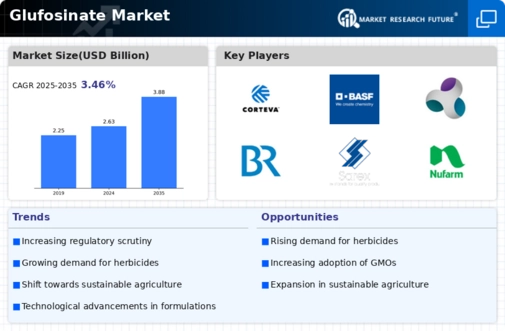
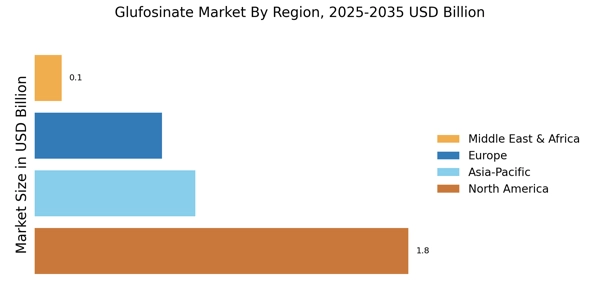



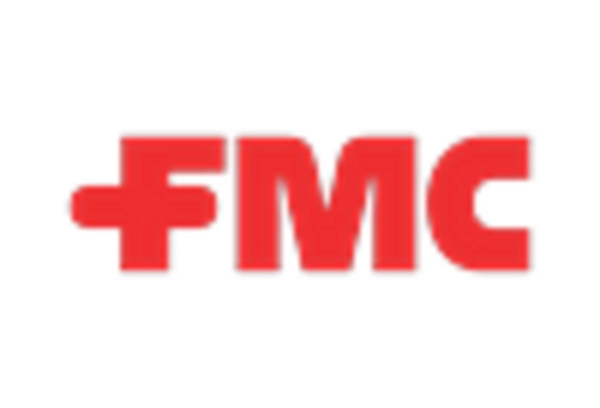
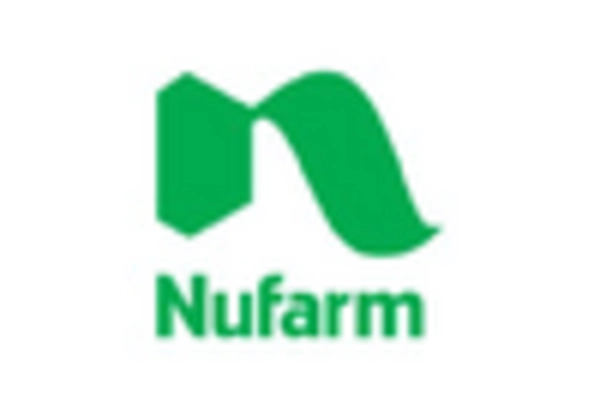
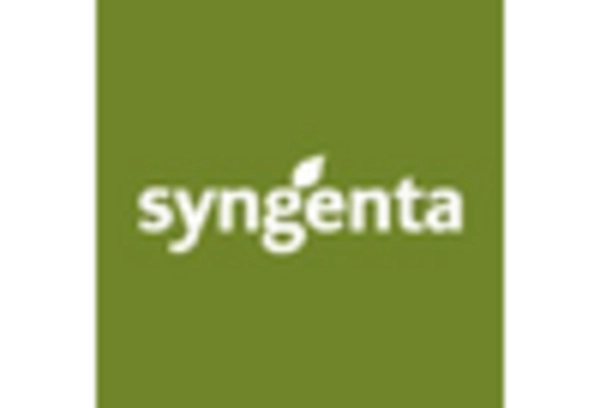








Leave a Comment